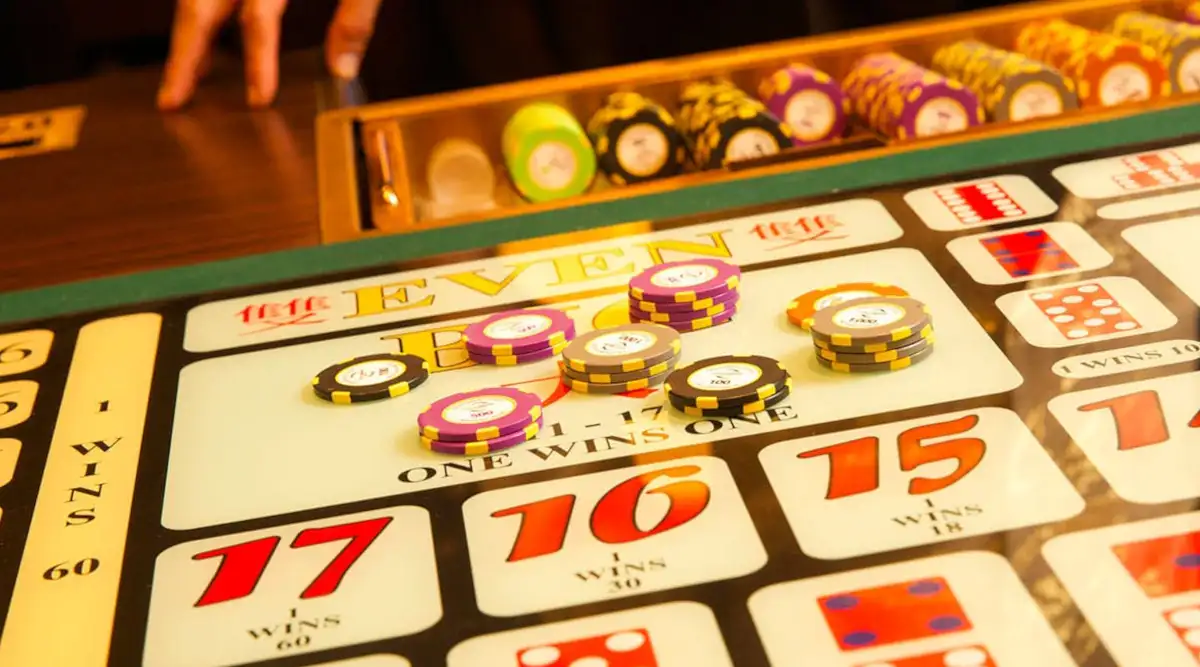Table of Contents
- Plinko Ball Ultimate Guide How It Works Strategies and Fun Facts
- Understanding the Mechanics of Plinko Ball
- The Role of Gravity and Obstacles
- Factors Influencing the Outcome
- Exploring the Physics Behind the Game
- The Role of Gravity and Momentum
- Probability and Randomness
- Mastering the Art of the Drop: Tips for Success
- Maximizing Your Chances of Success
- Understanding the Mechanics
- Strategic Decision-Making
- Fascinating Trivia About the Game’s Origins
- The Birth of a Classic
- Behind the Scenes
Plinko Ball Ultimate Guide How It Works Strategies and Fun Facts
In the realm of interactive entertainment, certain games captivate players with their simplicity yet offer layers of complexity beneath the surface. This article delves into plinko gambling the mechanics of a well-known game that combines chance, strategy, and excitement. By understanding its structure, participants can enhance their experience and potentially improve their outcomes.
The game in question revolves around a dynamic interaction between a moving object and a series of obstacles. As the object descends, it interacts with these barriers in unpredictable ways, creating a sense of anticipation and thrill. This unpredictability is a key element that keeps players engaged, as each attempt yields a unique result.
Beyond the basic mechanics, there are various approaches that can be employed to influence the outcome. While chance plays a significant role, strategic decisions can tilt the odds in one’s favor. This article will explore these methods, providing insights that can be applied to maximize enjoyment and success.
Additionally, the game has a rich history and has evolved over time, incorporating new features and variations. These developments have contributed to its enduring popularity and have introduced new dimensions to the gameplay. By examining these aspects, readers will gain a deeper appreciation for the game’s design and its place in the world of entertainment.
Understanding the Mechanics of Plinko Ball
At its core, this game revolves around the interaction of a small object navigating through a series of obstacles, creating a dynamic and unpredictable outcome. The process is both visually engaging and mathematically intriguing, as the path taken by the object is influenced by various factors, making each drop unique.
The Role of Gravity and Obstacles
Gravity plays a pivotal role in determining the movement of the object. As it descends, it encounters a grid of pegs or barriers, which alter its trajectory. These obstacles are strategically placed to ensure randomness, while also providing a structured framework for the object’s journey.
- The angle at which the object strikes each peg affects its direction.
- Multiple collisions create a cascading effect, adding complexity to the path.
- The final resting position is determined by the cumulative impact of these interactions.
Factors Influencing the Outcome
Several elements contribute to the unpredictability of the game. These include:
- Initial Position: Where the object is released significantly impacts its path.
- Peg Arrangement: The spacing and alignment of the pegs dictate the possible routes.
- External Forces: Minor variations, such as air resistance or surface texture, can subtly influence the outcome.
By understanding these mechanics, players can appreciate the blend of chance and structure that defines this captivating activity.
Exploring the Physics Behind the Game
Understanding the mechanics of this engaging activity requires a dive into the principles of motion, probability, and energy transfer. The interaction between objects and their environment creates a dynamic system where chance and physical laws intertwine, offering both unpredictability and a sense of control.
The Role of Gravity and Momentum
Gravity acts as the primary force driving the movement of objects within the system. As an item descends, it gains momentum, accelerating until it encounters an obstacle. These collisions redirect its path, altering speed and direction. The angle of impact and the surface’s properties play crucial roles in determining the final trajectory.
Probability and Randomness
While physics governs the motion, randomness emerges from the chaotic nature of collisions. Each interaction introduces variability, making outcomes difficult to predict. This blend of deterministic forces and stochastic elements creates a captivating experience, where every attempt yields unique results.
By examining these principles, one gains a deeper appreciation for the intricate balance between science and chance that defines this activity. The interplay of forces and probabilities ensures that no two experiences are ever the same.
Mastering the Art of the Drop: Tips for Success
For those passionate about the classic pegboard challenge, understanding the nuances can significantly enhance your experience. While luck plays a role, certain approaches can tilt the odds in your favor. This section delves into practical methods to refine your technique and elevate your gameplay.
Begin by observing the board’s structure. The arrangement of pegs and the spacing between them influence the trajectory of your drop. By analyzing patterns and predicting potential paths, you can make more informed decisions about where to release your token. This analytical approach transforms random outcomes into calculated moves.
Timing is another critical factor. The speed and angle at which you release your marker can alter its course. Experiment with different release points to discover which positions yield the most favorable results. Consistency in your technique will help you replicate successful drops more reliably.
Lastly, manage your expectations and resources wisely. While aiming for high-reward zones is tempting, balancing risk and reward is key to sustained enjoyment. By combining observation, precision, and strategic thinking, you can maximize your chances of achieving satisfying outcomes.
Maximizing Your Chances of Success
Success in any game of chance often relies on a combination of strategy, observation, and adaptability. While luck plays a significant role, understanding the mechanics and patterns can help tilt the odds in your favor. This section explores practical approaches to enhance your performance and make informed decisions during gameplay.
Understanding the Mechanics
To improve your outcomes, start by analyzing the structure and behavior of the elements involved. Pay attention to the pathways and potential outcomes, as well as the factors that influence the final result. By identifying patterns or tendencies, you can make more calculated choices and reduce reliance on pure chance.
Strategic Decision-Making
Effective decision-making involves balancing risk and reward. Consider the probabilities associated with each possible outcome and adjust your approach accordingly. Experiment with different techniques, but always remain flexible to adapt to changing circumstances. Over time, this methodical approach can lead to more consistent results.
Ultimately, success is a blend of preparation, observation, and adaptability. By focusing on these aspects, you can enhance your experience and increase your chances of achieving favorable outcomes.
Fascinating Trivia About the Game’s Origins
The origins of this iconic game trace back to a blend of chance and physics, captivating audiences for decades. Its design, rooted in simplicity, has evolved into a cultural phenomenon, celebrated for its unpredictability and entertainment value. The journey from concept to global recognition is filled with intriguing milestones worth exploring.
The Birth of a Classic
Initially conceived as a demonstration of probability, the game was inspired by earlier devices used in scientific experiments. Its transition from educational tool to popular pastime occurred in the mid-20th century, when it was adapted for television audiences. The combination of visual appeal and suspense quickly made it a household favorite.
Behind the Scenes
Few know that the mechanics were refined through countless trials to achieve the perfect balance of randomness and control. Early prototypes featured varying designs, but the final version emerged as a masterpiece of engineering. Its success lies in the seamless integration of chance and strategy, offering endless replayability.
Did you know? The game’s name was almost entirely different, with early drafts referencing its scientific roots. However, a last-minute change cemented its identity, ensuring its place in entertainment history. Today, it remains a symbol of both nostalgia and innovation.
From its humble beginnings to its modern-day iterations, this timeless creation continues to inspire and entertain, proving that even the simplest ideas can leave a lasting impact.













































































































